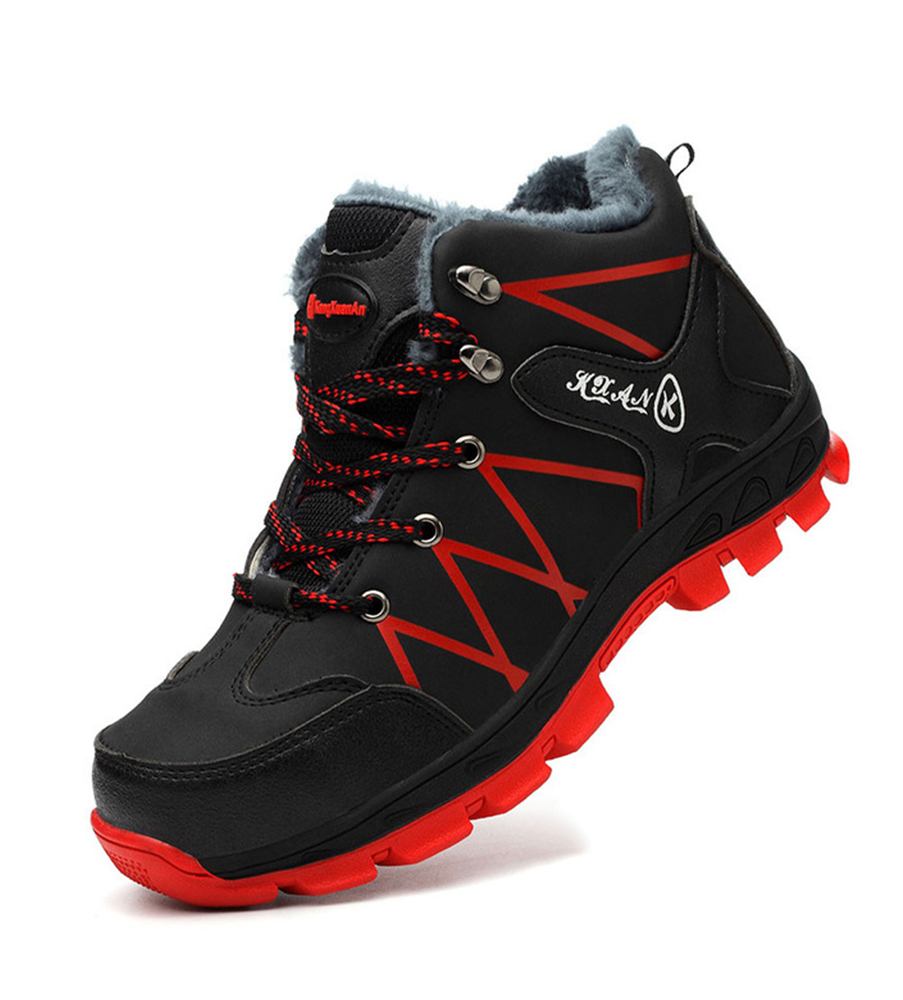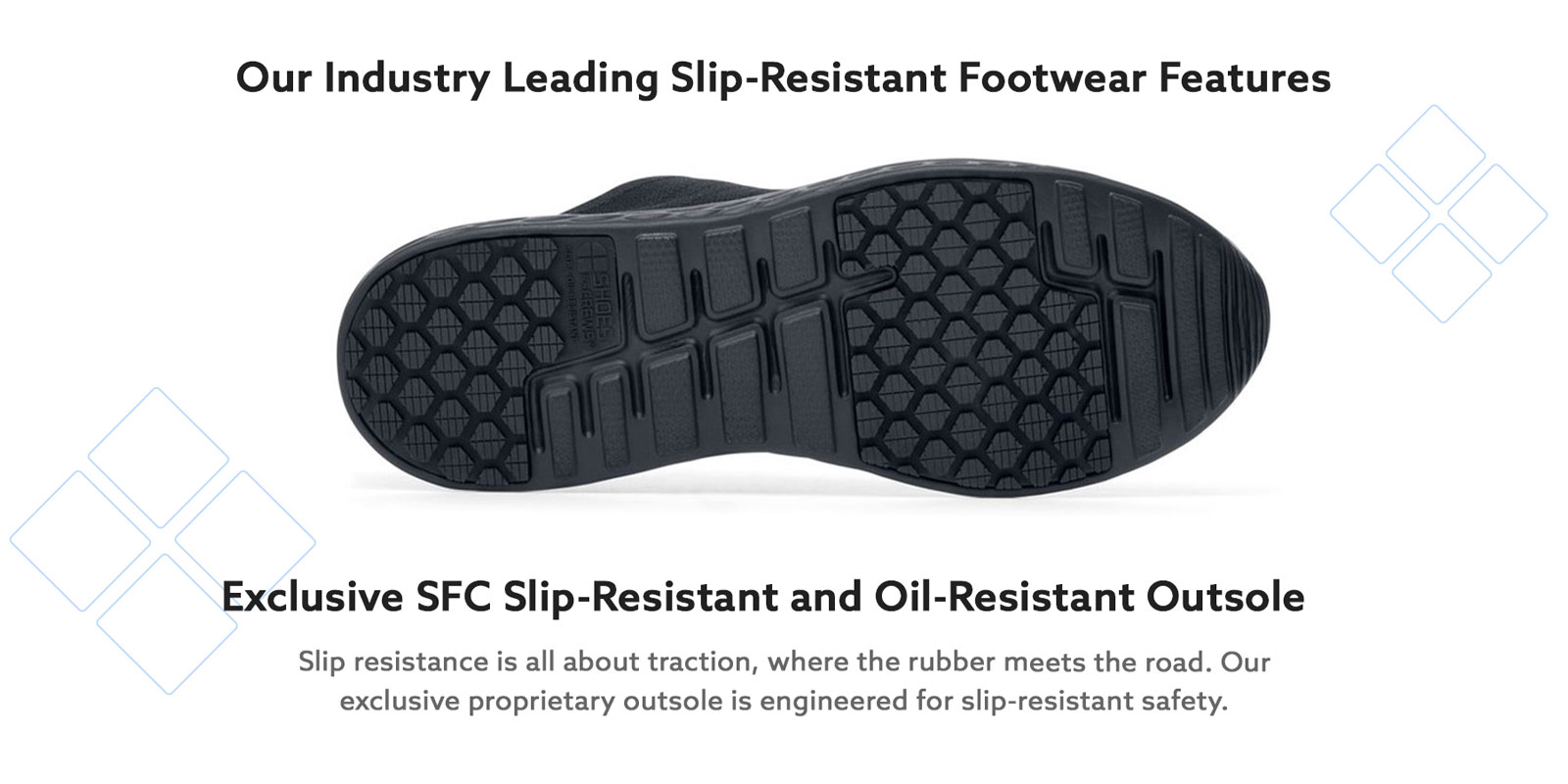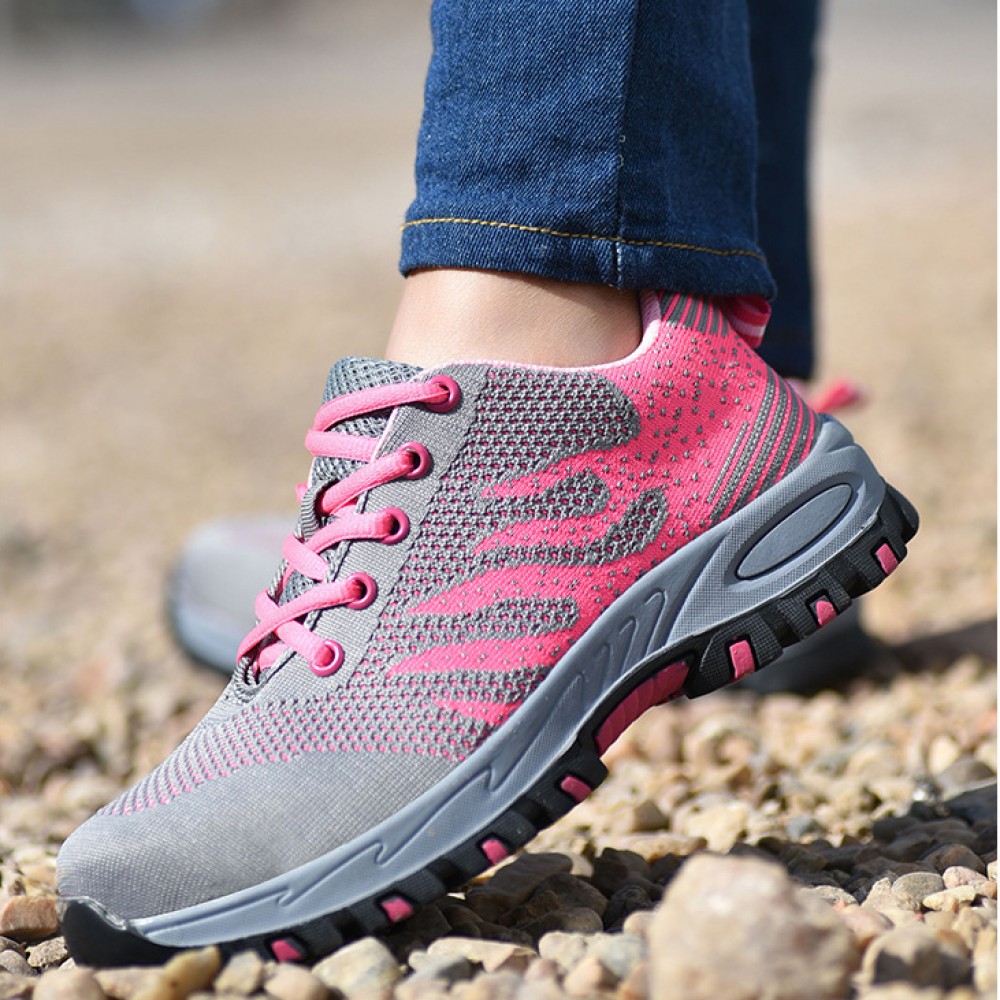Why Cold Weather Work Shoes Matter
In cold weather conditions, wearing appropriate footwear is crucial for maintaining safety, comfort, and productivity. Failing to do so can lead to serious health risks, including frostbite and hypothermia. In fact, according to the Occupational Safety and Health Administration (OSHA), cold stress can cause a range of health problems, from mild discomfort to life-threatening conditions. Furthermore, workplace accidents can occur when employees slip, trip, or fall due to inadequate footwear. This is particularly concerning for workers in industries such as construction, manufacturing, and logistics, who often spend extended periods outdoors in harsh weather conditions. By investing in high-quality work shoes for cold weather, employers can significantly reduce the risk of accidents and ensure a safer working environment. Moreover, employees can benefit from improved comfort, reduced fatigue, and enhanced overall well-being. In this article, we will explore the essential features and benefits of cold weather work shoes, providing guidance on how to choose the right pair for your job.
Key Features to Look for in Cold Weather Work Shoes
When selecting work shoes for cold weather, it’s essential to consider several key features that can make a significant difference in comfort, safety, and performance. Insulation is a critical factor, as it helps to retain body heat and keep feet warm in freezing temperatures. Look for shoes with insulation materials like Thinsulate, Polarguard, or PrimaLoft, which provide excellent thermal protection. Waterproofing is another vital feature, as it prevents water and moisture from penetrating the shoe and reaching the foot. A waterproof membrane, such as Gore-Tex or eVent, can ensure that feet remain dry and comfortable even in wet and snowy conditions. Grip is also crucial, as it helps to prevent slips and falls on icy and snowy surfaces. A good pair of cold weather work shoes should have a slip-resistant sole with deep treads and lugs that can grip the ground firmly. Finally, breathability is important, as it allows moisture to escape and prevents the buildup of sweat and odor. Look for shoes with breathable materials like mesh panels or perforations that allow for airflow and moisture transfer.
How to Choose the Right Cold Weather Work Shoes for Your Job
Selecting the right work shoes for cold weather requires careful consideration of job requirements and specific hazards. For outdoor workers, such as construction or landscaping professionals, waterproofing and insulation are crucial to keep feet dry and warm in wet and snowy conditions. Look for shoes with a waterproof membrane and insulation materials like Thinsulate or Polarguard. For indoor workers, such as warehouse or factory employees, breathability and moisture management may be more important to prevent sweat buildup and discomfort. In jobs that involve working on ice or snow, slip-resistant soles with deep treads and lugs are essential to prevent slips and falls. Additionally, consider the type of terrain and surfaces you will be working on, as well as any specific safety regulations or standards that must be met. For example, workers in the oil and gas industry may require shoes with specialized features like heat-resistant soles or electrical hazard protection. By understanding the specific demands of your job, you can choose the right work shoes for cold weather that meet your needs and keep you safe and comfortable on the job.
Top-Rated Cold Weather Work Shoes for Men and Women
When it comes to choosing the best work shoes for cold weather, there are several top-rated options to consider. For men, the Timberland PRO Boondock Work Shoe is a popular choice, offering excellent insulation, waterproofing, and grip. The Carhartt Insulated Waterproof Work Boot is another top pick, featuring a rugged outsole and breathable membrane to keep feet dry and comfortable. For women, The Original Muck Boot Company Arctic Ice Work Boot is a great option, providing exceptional warmth, waterproofing, and traction on icy surfaces. Other top-rated brands include LaCrosse, Georgia Boot, and Thorogood, each offering a range of work shoes for cold weather that cater to different job requirements and preferences. When selecting the right work shoes for cold weather, consider factors such as insulation, waterproofing, grip, and breathability, as well as specific features like slip-resistance, electrical hazard protection, and heat resistance. By choosing a top-rated pair of work shoes for cold weather, workers can stay safe, comfortable, and productive on the job, even in the most challenging winter conditions.
Insulation and Waterproofing: The Science Behind Cold Weather Work Shoes
When it comes to work shoes for cold weather, insulation and waterproofing are two critical features that can make all the difference in keeping feet warm and dry. Insulation materials like Thinsulate, Polarguard, and PrimaLoft work by trapping warm air next to the foot, while allowing moisture to escape. This helps to maintain a comfortable temperature and prevent cold air from penetrating the shoe. Waterproofing materials, such as Gore-Tex, eVent, and similar technologies, prevent water from entering the shoe, while still allowing moisture to escape. This ensures that feet stay dry, even in wet and snowy conditions. The combination of insulation and waterproofing in work shoes for cold weather provides a powerful defense against the elements, allowing workers to stay focused on the job at hand. By understanding how these technologies work, workers can make informed decisions when selecting the right work shoes for cold weather, and stay safe, comfortable, and productive on the job.
Slip-Resistant Soles: The Secret to Traction in Icy Conditions
Slip-resistant soles are a critical feature of work shoes for cold weather, providing traction and stability on icy and snowy surfaces. The right tread pattern and materials can make all the difference in preventing slips, trips, and falls, which are a major cause of workplace accidents. Look for work shoes with soles made from materials like rubber, polyurethane, or PVC, which provide excellent grip on wet and icy surfaces. Tread patterns with deep lugs and aggressive tread designs are also effective in providing traction, as they allow for better grip and self-cleaning. Some work shoes for cold weather also feature specialized technologies, such as ice grips or winter traction systems, which provide additional grip and stability on ice and snow. By choosing work shoes with slip-resistant soles, workers can reduce the risk of accidents and stay safe on the job, even in the most challenging winter conditions.
Staying Warm and Dry: Tips for Wearing Cold Weather Work Shoes
To get the most out of work shoes for cold weather, it’s essential to wear them correctly. One of the most critical factors is layering. Wearing multiple layers of socks, including a moisture-wicking base layer, can help keep feet warm and dry. Additionally, consider wearing a thin layer of waterproofing spray or cream on the shoes to provide extra protection against the elements. When it comes to moisture management, look for shoes with breathable membranes and moisture-wicking linings to help keep feet dry. Regular maintenance is also crucial, including cleaning and drying the shoes after each use, and applying waterproofing treatments as needed. By following these tips, workers can stay warm, dry, and comfortable in their work shoes for cold weather, even in the most challenging winter conditions. This, in turn, can help improve productivity, reduce fatigue, and prevent accidents.
Conclusion: Stay Safe and Warm with the Right Cold Weather Work Shoes
In conclusion, choosing the right work shoes for cold weather is crucial for workers who brave the elements every day. By understanding the importance of cold weather work shoes, knowing what features to look for, and selecting the right shoes for the job, workers can reduce the risk of accidents, stay warm and dry, and improve their overall productivity. With the right work shoes for cold weather, workers can focus on getting the job done, rather than worrying about the cold. Remember, investing in high-quality work shoes for cold weather is an investment in safety, comfort, and success. By following the expert guidance outlined in this article, workers can stay safe, warm, and productive, even in the most challenging winter conditions.





